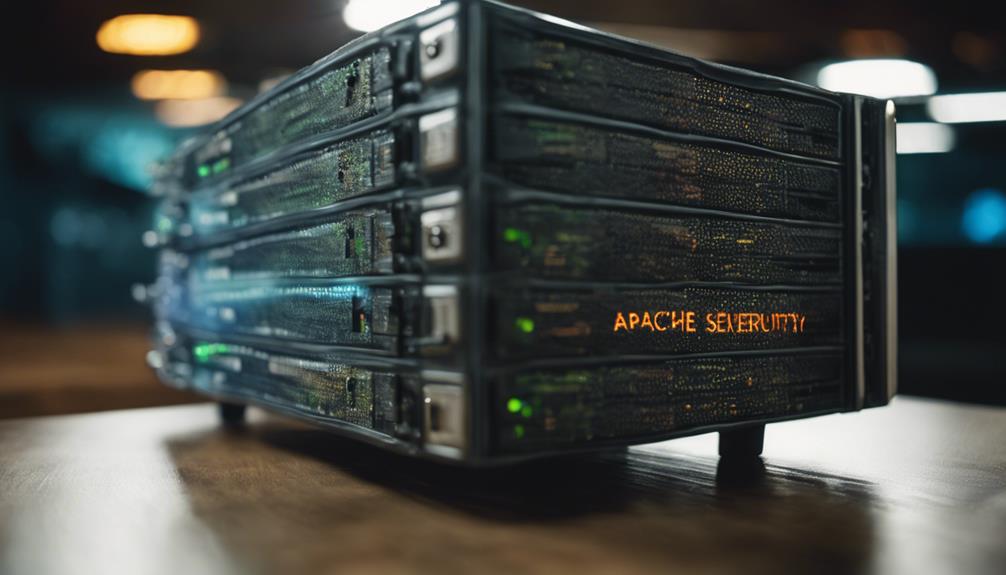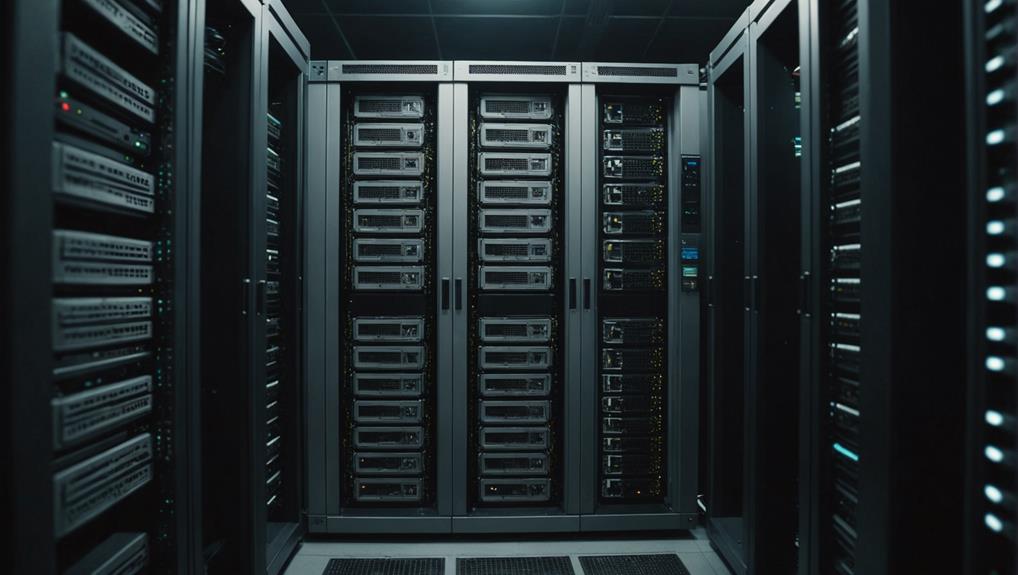To guarantee smooth performance for your WordPress site, aim for at least 2GB of RAM. Opt for a dual-core CPU initially, but plan to upgrade to a quad-core or higher as your site expands. Use PHP 7.4 or newer and MySQL 5.7+ or MariaDB 10.4+ for your database to boost functionality. Consider Nginx or Apache as the web server software to enhance performance and security with HTTPS and SSL certificates. Following these tips will set you on the right path for a reliable WordPress site.
RAM and Processing Power
To maximize performance, WordPress recommends having at least 2GB of RAM for your site's smooth operation. Adequate RAM is essential for efficient handling of WordPress sites.
For small WordPress sites, a dual-core CPU can suffice, providing sufficient processing power. However, as your site grows in complexity and traffic, upgrading to a quad-core CPU or higher is advisable to ensure peak performance. CPUs such as Intel Xeon and AMD EPYC series are popular choices for handling the demands of WordPress effectively.
These high-performance processors play a critical role in managing tasks efficiently, especially for larger WordPress sites with heavier workloads. By investing in the right combination of RAM and CPU, you can enhance the speed and responsiveness of your WordPress site, creating a seamless user experience for your visitors.
PHP Version and Database Management
For best performance, make certain that your WordPress site is running on PHP version 7.4 or higher and is backed by MySQL version 5.7+ or MariaDB version 10.4+.
When managing your WordPress site's PHP version and database, keep the following in mind:
- Confirm the web server supports PHP and has the necessary extensions for WordPress.
- Adjust PHP memory limits as needed for certain plugins and themes to function properly.
- Regularly update PHP and database versions to maintain security and performance.
- Opt for MySQL version 5.7+ or MariaDB version 10.4+ to efficiently manage your WordPress database.
Web Server Software and Security Features

Consider using Nginx or Apache as your web server software for optimal performance when setting up your WordPress site. These servers are recommended by WordPress and offer robust features for managing server tasks efficiently.
To have secure communication on your WordPress site, it's essential to have HTTPS and SSL certificates enabled on your server. Web servers like Nginx and Apache play a crucial role in encrypting data transfer, enhancing the security of your website.
By choosing a server with HTTPS support, you can protect sensitive information during transmission, maintaining the integrity of your WordPress site. Selecting a server with HTTPS and SSL features not only secures data transfer but also establishes a reliable environment for users interacting with your website.
Prioritizing secure communication through proper web server software is important for safeguarding your WordPress site and fostering user trust.
Conclusion
To sum up, when setting up a WordPress site, make sure to pay close attention to your server's:
- RAM
- Processing power
- PHP version
- Database management
- Web server software
- Security features
Remember, 'You can't judge a book by its cover,' so don't overlook the importance of minimum server requirements. By ensuring your server meets these criteria, you'll be laying a strong foundation for a successful and efficient website.
Happy building!



